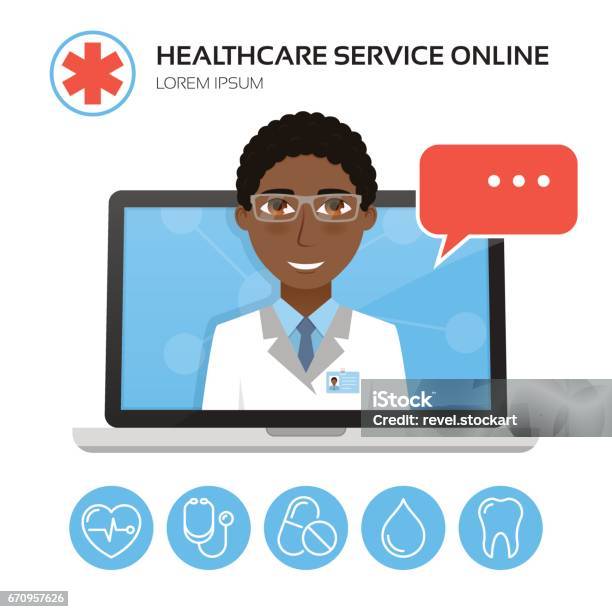Why Subscription Based Healthcare is Acquiring Popularity Among Patients Today
Why Subscription Based Healthcare is Acquiring Popularity Among Patients Today
Blog Article
Just How Subscription-Based Health Care Is Changing the Medical Industry

The Rise of Membership Healthcare
In the last few years, the healthcare market has actually experienced a substantial shift in the direction of subscription-based versions, mirroring more comprehensive customer fads favoring comfort and predictability. This improvement is driven by the raising demand for more tailored and available care remedies. Subscription health care, in some cases referred to as concierge medication or direct medical care, provides individuals a fixed regular monthly cost for a variety of clinical services, significantly modifying traditional fee-for-service models.
The rise of subscription health care is assisted in by advancements in technology, which make it possible for streamlined interaction between clients and suppliers - subscription based healthcare. Digital platforms and telehealth services have actually ended up being essential, offering clients the capability to arrange consultations, accessibility medical records, and obtain examinations online. This technological assimilation not just enhances person involvement yet also enables service providers to deliver a lot more efficient treatment
Furthermore, the membership design lines up with the progressing expectations of patients who look for more control over their health care costs and experiences. By getting rid of the changability of co-pays and insurance coverage cases, subscription-based health care offers a uncomplicated and clear approach. While this version is getting traction, its spreading faces challenges such as governing obstacles and the necessity for broader approval within the traditional medical care ecosystem. Nevertheless, its expanding presence marks an essential moment in the development of healthcare delivery.
Benefits for Patients and Providers
Subscription-based health care uses a multitude of benefits for both individuals and carriers, improving the dynamics of healthcare. For clients, this model offers enhanced accessibility to health care services. With a foreseeable regular monthly charge, people can delight in unrestricted assessments, decreased wait times, and personalized treatment. This plan often brings about a much more proactive approach to health administration, enabling timely interventions that can avoid chronic problems from escalating. The monetary transparency of membership models decreases the unpredictability associated with conventional fee-for-service invoicing, minimizing the burden of unexpected medical costs.
For health care service providers, subscription-based models cultivate an even more lasting and gratifying technique. Administrative tasks are frequently structured, reducing overhead costs and enabling service providers to devote more time to client communication. Overall, subscription-based medical care straightens the rewards of clients and carriers, advertising an extra effective and patient-centered medical care shipment system.
Key Attributes of the Version
Often, the key attributes of the subscription-based health care design emphasize its unique approach to providing clinical solutions. Central to this version is the principle of foreseeable, monthly repayments, offering patients a thorough see variety of services without the unpredictability of conventional fee-for-service frameworks. This model commonly includes unlimited access to health care solutions, preventive treatment, and regular check-ups, guaranteeing that people can engage with their healthcare providers proactively instead of reactively.
Furthermore, direct interaction networks, such as telemedicine and messaging platforms, are stressed, allowing patients to receive timely suggestions and consultations without needing in-person visits. This improves accessibility and benefit, particularly for people with mobility restrictions or those residing in remote locations. The version additionally fosters stronger doctor-patient relationships, as doctor are incentivized to concentrate on long-lasting health and wellness end results instead of temporary check outs.
Additionally, subscription-based healthcare frequently integrates technological advancements, such as digital health records and health and wellness surveillance applications, to offer reliable and tailored treatment. Individuals benefit from coordinated and continual care administration, which is tailored to their specific health and wellness requirements. Eventually, these features jointly produce a patient-centered medical care experience, focusing on access, cost openness, and precautionary treatment.

Factors To Consider and obstacles
While the subscription-based medical care design uses countless benefits, it is not without its obstacles and factors to consider. Membership designs may accidentally favor those with greater socioeconomic status, potentially widening differences in health care gain access to for lower-income individuals that might battle with monthly charges.
One more challenge hinges on regulative conformity. Subscription-based healthcare must browse an intricate web of guidelines that differ by area, consisting of problems around patient confidentiality, information defense, and state licensing requirements. Ensuring conformity without restraining the version's flexibility and innovation can be intimidating for service providers.
Furthermore, there is the risk of overutilization or underutilization of services. Individuals paying a dealt with fee might overuse services, bring about increased operational costs, while others may underutilize as a result of fear of straining the system, possibly disregarding required care.
Future Potential Customers and Innovations
The landscape of subscription-based healthcare is poised for transformation through emerging innovations and advancing prospects. As innovation remains to advancement, the assimilation of expert system and machine knowing presents substantial chances to enhance diagnostic accuracy and enhance individual administration. Anticipating analytics can reinvent preventative care by determining prospective wellness risks before they manifest, therefore reducing both expenses and the worry on medical care systems.
In addition, telemedicine is set to broaden within subscription designs, offering people enhanced accessibility to medical care specialists no matter geographical restrictions. This not only assists in connection of care however additionally equips clients to involve over here even more proactively in their health and wellness administration. Additionally, blockchain modern technology supplies prospective in protecting client information and making sure interoperability throughout platforms, promoting count on and transparency.
The development of customized medicine is another frontier, with registration models providing an unique structure for providing customized health and wellness services. Hereditary testing and customized therapy plans can be seamlessly integrated, aligning client requires with details clinical interventions. In addition, partnerships between tech companies and doctor are likely to produce cutting-edge options, improving person experiences and end results. As these leads emerge, subscription-based healthcare has the potential to redefine exactly how treatment is provided and accessed.
Conclusion
Subscription-based medical care is transforming the medical industry by using a much more accessible, predictable, and patient-centered method to clinical services. Despite difficulties such as regulative obstacles and prospective disparities in accessibility, the registration model holds pledge for an extra reliable and personalized medical care experience.
Registration medical care, sometimes referred to as concierge medication or straight main care, uses people a fixed month-to-month charge for a variety of medical solutions, substantially changing standard fee-for-service models.
Moreover, the membership version aligns with the developing expectations of individuals who More Info seek even more control over their medical care expenditures and experiences. For patients, this design gives improved access to medical care solutions. In general, subscription-based healthcare straightens the motivations of service providers and people, advertising a more patient-centered and efficient healthcare delivery system.
In addition, telemedicine is set to expand within membership models, offering patients enhanced access to medical care professionals regardless of geographical constraints. - subscription based healthcare
Report this page